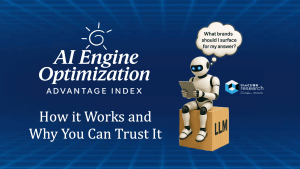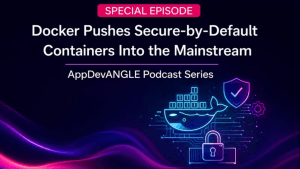
When an Attacker Gets In: Winning the Race to Respond
We’ve established the who, what, and where of a modern security strategy. But the stark reality that hung over every conversation at Black Hat is that it’s no longer a matter of if an attack will occur, but When. Adversaries, supercharged with their own AI and automation, are moving at a velocity that has completely overwhelmed traditional, human-led Security Operations Centers (SOCs).
It’s a perfect storm: a relentless tsunami of alerts from a sprawling toolset, a persistent and painful cybersecurity skills gap, and an ever-shrinking window between initial compromise and mission-critical impact. Another harsh reality, driven home by the Incident Response teams I met with, is that the kill chain has become a fairly automated process. There are so many credentials for sale that assembly line-style hacking teams simply gain access and move the target along to the next group of hackers to exploit. Companies are breached long before anything is done with that access.
This part of our debrief is about that race against time, and winning requires a fundamental reimagining of detection and response.
The Cavalry Arrives: The Rise of MDR
For the vast majority of organizations, building and staffing a 24/7/365 SOC is an operational and financial fantasy. This reality has fueled the explosive growth of Managed Detection and Response (MDR) services, which provide the people, processes, and technology needed to deliver continuous monitoring as a service.
I’ve written before about the rise of services as cyber insurers ask for more information, teams can’t staff quickly enough, and outsourced expertise becomes the preferred model for SMBs and the mid-market. AI’s intrusion into the conversation has inflated this data growth problem to levels that can, in themselves, be a risk to the enterprise.
Arctic Wolf, a leader in the MDR space, operates on an ambitious mission: to “End Cyber Risk”. What sets their approach apart is a high-touch, concierge model. Each customer is assigned a named Concierge Security Team (CST), a group of security experts who act as an extension of the customer’s internal team. This model directly addresses the human challenges of alert fatigue and staffing constraints that plague so many internal teams.
Giving Analysts Superpowers: The Unified SOC Data Platform
Underpinning any modern SOC is the need for a powerful technology platform that can make sense of vast quantities of data at speed. I spent some time with the Elastic team, who have built their entire security solution on this philosophy. Leveraging the formidable power of its Elasticsearch platform, the company offers a unified solution that combines SIEM, XDR, and cloud security on a single, open stack.
As Mike Nichols from Elastic’s product marketing team explained, breaking down data silos is the entire point. “You can’t have your cloud security team over here and your endpoint team over here… they need to be looking at the same data on the same platform to see the full picture of an attack”. This unified approach is crucial for correlating events across a complex environment.
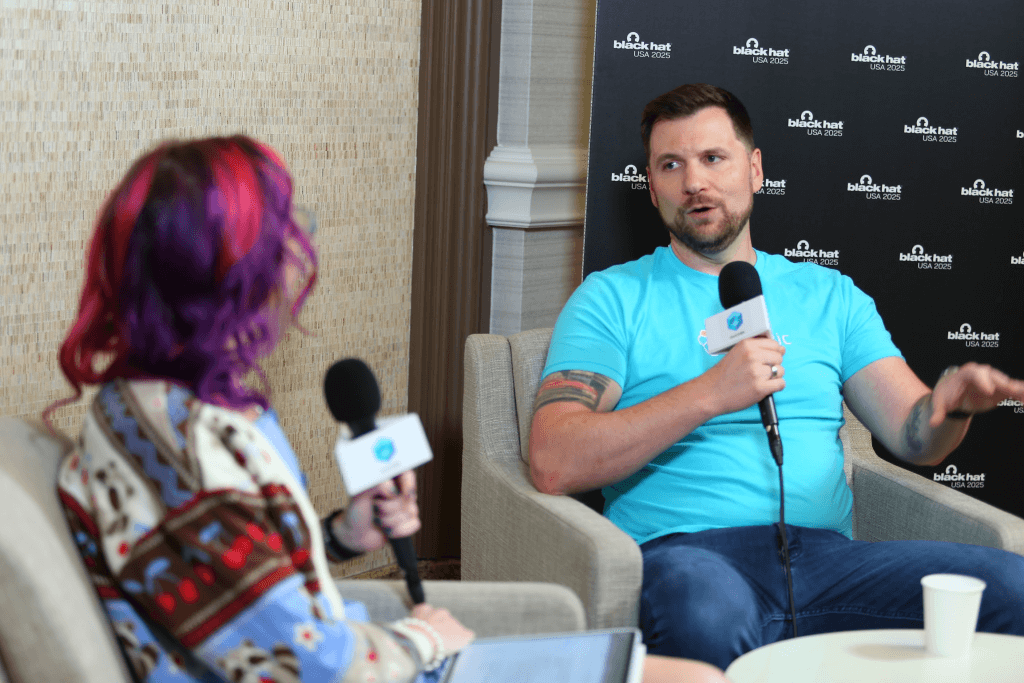
Crucially, Elastic has deeply integrated AI into its platform to augment, not replace, human analysts. Nichols described their AI’s role as helping to “connect the dots and surface the one or two things that really matter out of millions of raw events”. This use of AI is designed to automate the repetitive, time-consuming tasks of triage, freeing up analysts to focus on higher-value activities.
Complementing this data-centric approach is Cyware, which focuses on orchestrating and automating the response actions themselves. Their low-code Security Orchestration, Automation, and Response (SOAR) platform allows teams to build automated playbooks that can execute a sequence of actions—such as enriching an alert, quarantining a host, and creating a support ticket—in seconds.
The Fuel for the Fire: Actionable Threat Intelligence
Effective detection and response is impossible without one critical ingredient: high-fidelity threat intelligence. Bitdefender, a long-standing leader in this space, leverages a massive global intelligence network as its foundation. In my conversation with Marten Zugec, Bitdefender’s Technical Solutions Director, he emphasized the power of their scale.
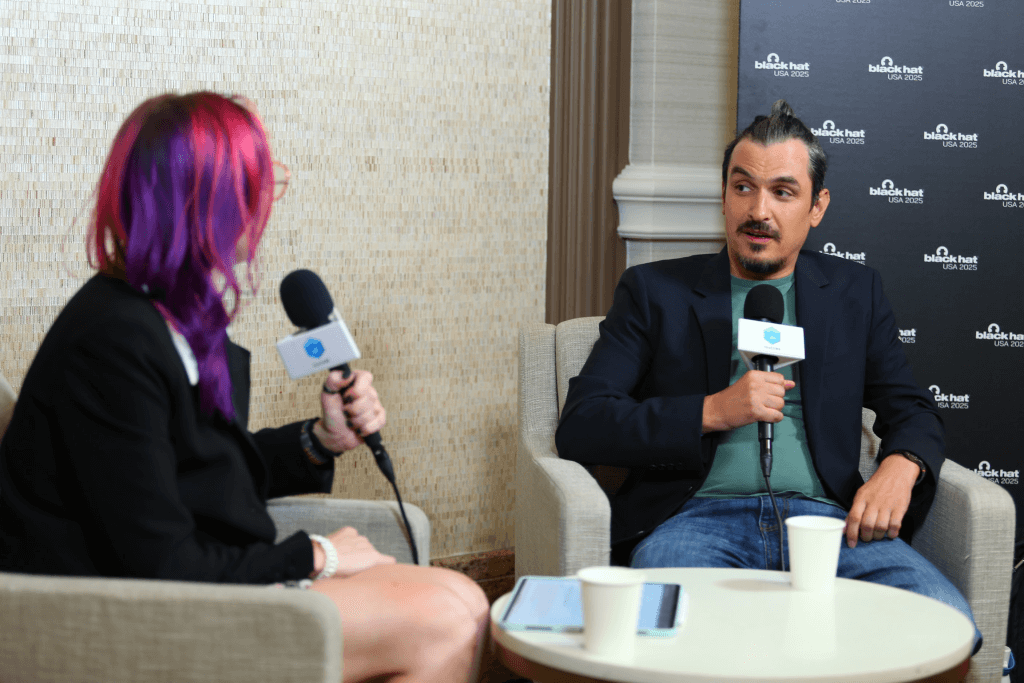
“We have hundreds of millions of sensors globally,” Zugec told me. “That gives us unparalleled visibility into the threat landscape as it evolves in real-time”. This raw telemetry is then processed into high-fidelity, actionable intelligence. He gave a powerful example: “We can see a novel technique being tested against a consumer in Brazil and have a detection pushed out to protect an enterprise in Germany before that technique is ever used against them”. This is precisely the kind of proactive, enriched data that platforms like Elastic and SOAR tools like Cyware need to power their detection rules and enable effective threat hunting.
Conclusion: Augmenting Humans, Not Replacing Them
The race to respond is a race against machine-speed adversaries, and it cannot be won by humans alone. The clear message from Black Hat 2025 is that the future of the SOC lies in intelligently augmenting human analysts. By unifying data onto a single platform, leveraging AI to automate triage, and partnering with expert MDR providers for 24/7 oversight, organizations can empower their internal teams. This frees them from the tyranny of alert fatigue and allows them to focus on the most critical, strategic challenges, ultimately winning the race against time when an attack occurs.
This relentless focus on defense raises a final, crucial question. In an industry defined by constant conflict, what is the ultimate motivation? In our final installment, we will explore the “Why,” the shared mission that drives the global cybersecurity community.
